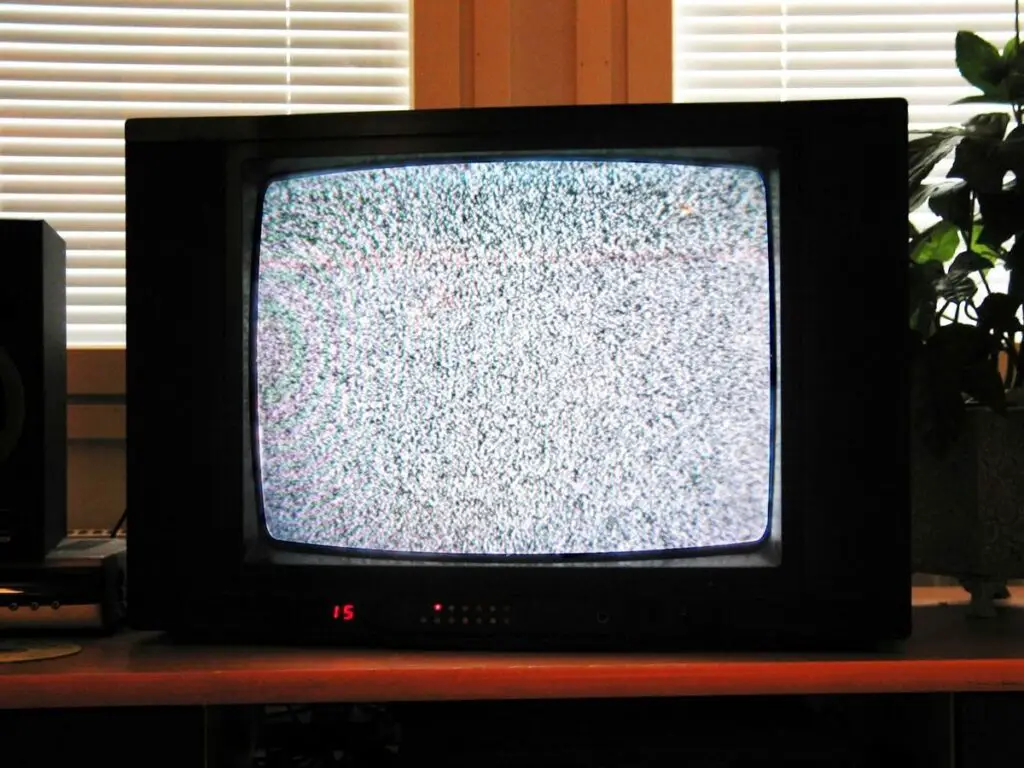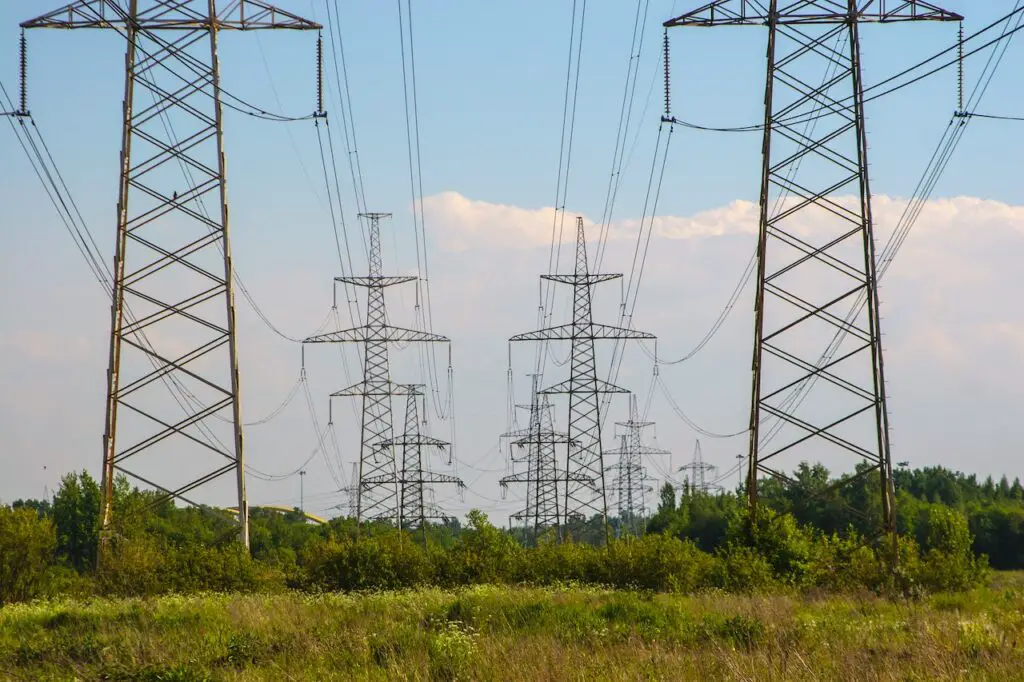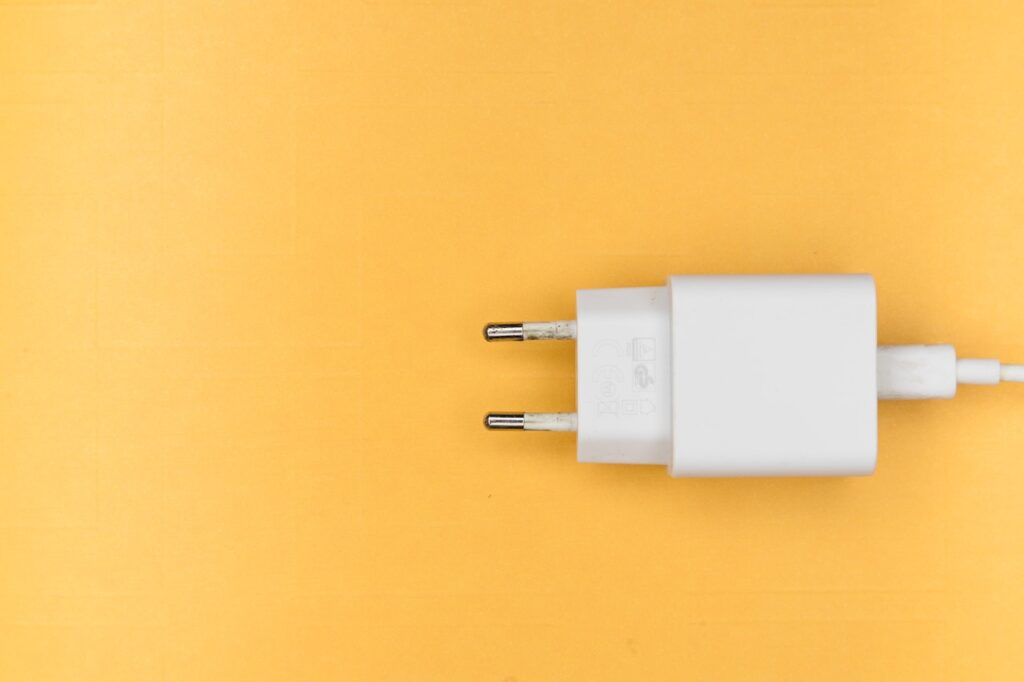Have you ever wondered if leaving your TV on standby actually costs you money? Many people believe that turning off their TV completely is the only way to save on their energy bill. However, the truth is that leaving your TV on standby mode may not be as costly as you think.
According to EcoCostSavings, leaving your TV on standby mode will cost the average consumer roughly $16 (£12) every year. This is equivalent to about 4 cents (3.2 pence) per day. While this may not seem like a lot, it can add up over time, especially if you have multiple TVs in your home.
But how much power does your TV actually consume when it’s on standby mode? Many modern TVs are designed to consume very little power in standby mode. In fact, all TVs now have to adhere to strict EU legislation when it comes to standby power usage. As a result, the amount of energy consumed by your TV when it’s on standby mode is likely to be very minimal.

How Standby Mode Works
Standby mode, also known as sleep mode, is a feature found on most electronic devices, including televisions. When in standby mode, the device is not fully powered off, but rather in a low-power state that allows it to quickly power back on when needed. This allows for faster start-up times and greater convenience for the user.
While in standby mode, the device continues to consume a small amount of energy to power the standby circuitry, which maintains the device’s settings and readiness to turn on. However, this energy consumption is significantly lower than when the device is fully powered on and in use.
It’s important to note that not all devices are created equal when it comes to standby mode energy consumption. Some devices, such as DVRs and wireless routers, can consume a significant amount of energy while in standby mode, while others, such as televisions, consume relatively little.
Overall, standby mode can be a useful feature for electronic devices, but it’s important to be aware of the energy consumption and potential costs associated with leaving devices in standby mode for extended periods of time.
The Cost of Standby Mode
Leaving your TV on standby mode consumes electricity, and this can add up over time. The amount of energy used by your TV in standby mode will depend on the model and size of your TV. However, on average, a modern TV uses around 1.3 watts when in standby mode.
According to energy advice blog EcoCostSavings, leaving your TV on standby mode all year will cost you around £11, or 3.2 pence per day. This may not seem like much, but it can add up over time, especially if you have multiple devices in standby mode.
While the cost of leaving your TV on standby mode may not break the bank, it is still important to be mindful of energy consumption. By turning off your TV completely when you’re not using it, you can save on your energy bill and reduce your carbon footprint.
It’s worth noting that some newer TVs have an energy-saving mode that automatically turns off the TV after a certain amount of time in standby mode. If your TV has this feature, it’s a good idea to enable it to save energy and reduce your electricity bill.
Factors that Affect Standby Mode Cost
TV Model and Type
The cost of leaving your TV on standby mode can vary depending on the model and type of TV you have. Older models tend to consume more energy compared to newer ones, and larger TVs tend to use more energy than smaller ones. Smart TVs and those with additional features like internet connectivity and voice control may also consume more energy while on standby mode.
Electricity Rate
The cost of standby mode also depends on your electricity rate. The cost of electricity varies depending on your location and the provider. The higher the electricity rate, the more expensive it is to leave your TV on standby mode. It is important to check your electricity rate and monitor your usage to ensure that you are not paying more than you should.
Usage Frequency
The frequency of use also affects the cost of standby mode. If you use your TV frequently, leaving it on standby mode can add up to your electricity bill. However, if you rarely use your TV, the cost of standby mode may not be significant. It is important to turn off your TV when not in use to save on energy costs.
Ways to Reduce Standby Mode Cost
Unplugging the TV
Unplugging the TV from the power outlet is the most effective way to reduce standby mode cost. When the TV is unplugged, it cannot consume any power, and this will save you money on your electricity bill. However, it can be inconvenient to unplug the TV every time you finish watching it.
Using a Power Strip
Using a power strip is an easy way to reduce standby mode cost. A power strip is a device that allows you to plug multiple devices into a single outlet. When you turn off the power strip, all the devices plugged into it will also turn off. This is an effective way to reduce standby mode cost without having to unplug the TV every time you finish watching it.
Enabling Power-Saving Features
Enabling power-saving features on your TV is another way to reduce standby mode cost. Most modern TVs come with power-saving features that automatically turn off the TV after a certain period of inactivity. This feature can be customized to suit your needs, and it can save you money on your electricity bill.
Another power-saving feature is the sleep mode, which turns off the TV after a specific time. This feature is useful when you fall asleep while watching TV. You can set the sleep timer to turn off the TV after a certain period, and this will save you money on your electricity bill.
Conclusion
After researching the topic, it is clear that leaving your TV on standby mode does consume energy and cost money. The exact amount of money varies depending on the device and how often it is left on standby, but it is not a significant amount for most households.
According to EcoCostSavings, leaving your TV on standby mode will cost the average consumer roughly £12 ($16) every year. This is equivalent to about 3.2 pence per day. While this may seem like a small amount, it can add up over time.
Turning off your TV entirely at night and removing it from standby mode is the most effective way to save electricity and money. However, it is important to note that modern electronics use much less energy while on standby than older devices did.
Ultimately, the decision to leave your TV on standby mode or turn it off entirely is a personal one. While it may not make a significant difference in your energy bill, every little bit counts when it comes to reducing energy consumption and protecting the environment.




